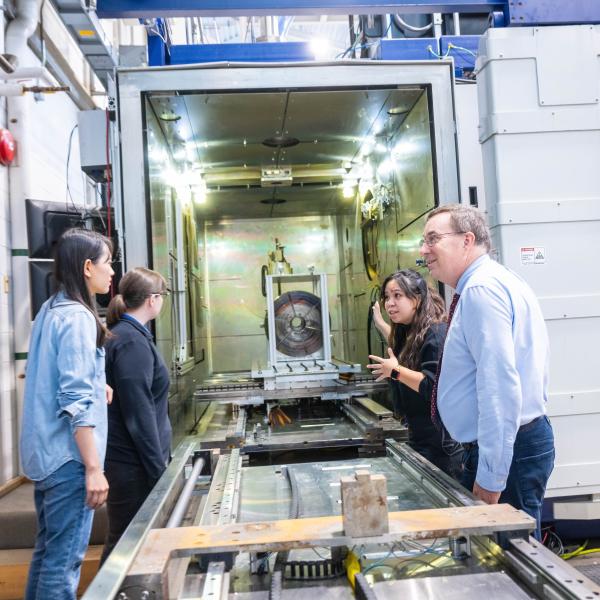Whether you’re hitting the highway or the runway, performance counts. That’s why both aerospace and automotive manufacturers are turning to advanced composites — materials that maximize strength and durability while minimizing weight.
A newly formed research program in Montreal is ensuring they get what they need. By pooling resources and expertise, three universities, three colleges, 30-plus major manufacturers and more than one hundred small- and medium-sized businesses are developing the next generation of composites.
In addition to being stronger and less prone to fatigue than their predecessors, the new materials are also recyclable. Unlike many current composites, new thermoplastics can be reheated, reshaped and reused for other applications when they reach the end of their life. Meanwhile, their lighter weight means vehicles need less fuel, shrinking costs and environmental impact.
With funding from CFI, the Montreal collaborators will have access to a suite of sophisticated new tools. A six-axis robot will allow engineers to shape highly complex parts. A pyrolysis batch reactor will incinerate composites so fibres can be extracted and reused. A 3D X-ray scanner will capture high-resolution images that reveal exactly how materials behave under stress. The list goes on.
Individually, each piece of equipment will enable important research for decades to come, says Daniel Therriault, a mechanical engineering professor at the École polytechnique de Montréal who heads up the collaboration.
But the real impact comes from bringing those tools and that talent together, creating a network of global significance. “It’s really exceptional,” says Therriault.





